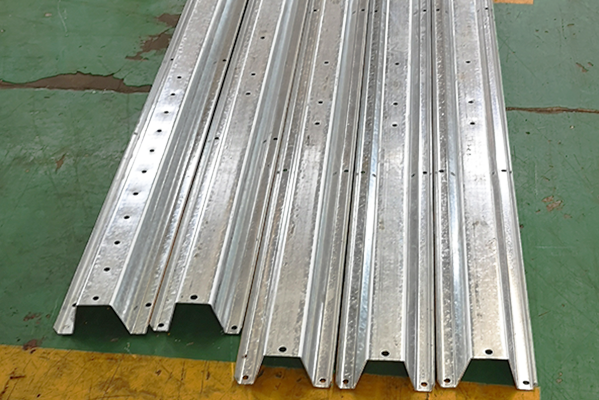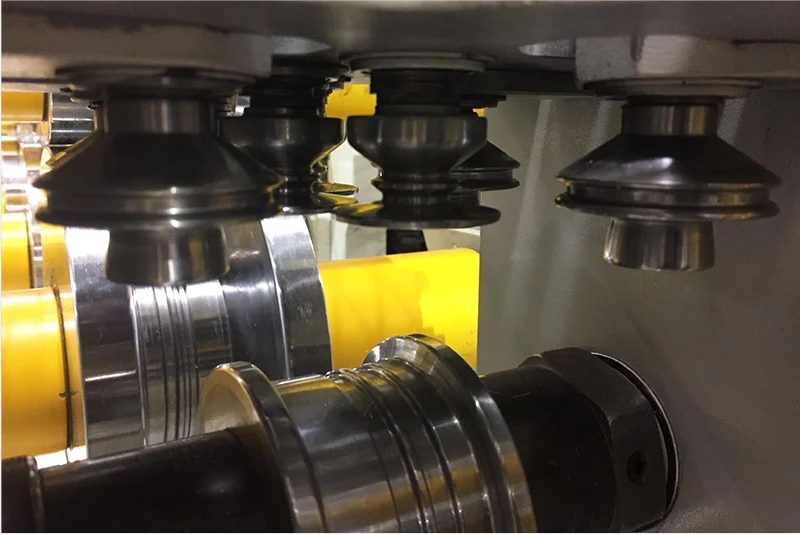Navigation Menu
Contact Us
- Email:
- info@wxavatar.com
- Address:
- Yurong Village, Yuqi Street, Huishan District, Wuxi, China.
Release Date:Oct 25, 2024 Visit:94 Source:ROLL FORMING MACHINES LTD
In the ever-evolving manufacturing industry, roll forming machines play a pivotal role in shaping sheet metal into a wide array of products. As the industry faces various challenges, such as increasing competition, rising costs, and evolving customer demands, innovations in roll forming machine processes are essential for maintaining competitiveness and meeting market requirements. This article explores how recent innovations in roll forming technology are addressing these industry challenges.

1. Enhanced Process Flexibility
One of the key challenges in manufacturing is the need for flexibility to produce a diverse range of products. Traditional roll forming machines were often limited in their ability to adapt to different shapes and sizes. However, recent innovations in roll forming technology have introduced modular and adjustable roll sets that can be quickly and easily changed to accommodate different designs. This enhanced flexibility allows manufacturers to produce a wider range of products with minimal downtime and setup costs, addressing the challenge of meeting diverse customer demands.
2. Advanced Automation and Robotics
The integration of advanced automation and robotics into roll forming processes has significantly improved productivity and reduced labor costs. Automated roll forming machines can now operate continuously with minimal human intervention, reducing the risk of human error and increasing efficiency. Additionally, robotics can be used to handle and position sheet metal, ensuring precise and consistent placement throughout the process. This innovation not only addresses the challenge of rising labor costs but also enhances product quality and consistency.
3. Precision and Accuracy Enhancements
As customer demands for precision and accuracy continue to rise, innovations in roll forming technology have focused on improving these aspects. Advanced sensors and monitoring systems are now integrated into roll forming machines, providing real-time feedback on process parameters such as roll pressure, temperature, and material flow. This data can be used to make precise adjustments to ensure that the final product meets strict specifications. Furthermore, the development of high-precision roll forming dies has significantly reduced the need for secondary operations, such as grinding and machining, further enhancing product quality and reducing costs.
4. Cost-Effective Material Utilization
Material costs are a significant expense in manufacturing, and optimizing their utilization is crucial for maintaining profitability. Innovations in roll forming technology have led to improved material handling and shaping processes, reducing waste and scrap. Techniques such as tight-tolerance roll die design and precise roll positioning ensure that sheet metal is bent and shaped accurately, minimizing material waste. Additionally, the use of advanced software for material optimization can help manufacturers identify and eliminate excess material usage, further reducing costs.
5. Enhanced Process Monitoring and Control
The integration of advanced process monitoring and control systems has revolutionized roll forming processes. These systems provide manufacturers with real-time data on machine performance and process parameters, enabling them to make informed adjustments to optimize productivity and quality. By closely monitoring the process and making timely adjustments, manufacturers can reduce defects, improve product consistency, and minimize downtime. This innovation addresses the challenge of maintaining high quality while keeping costs under control.
6. Collaborative Design and Engineering
In today's fast-paced manufacturing environment, collaboration between design and engineering teams is crucial for developing innovative solutions. Advances in computer-aided design (CAD) and computer-aided manufacturing (CAM) software have facilitated seamless communication and collaboration between teams. These tools allow designers to create detailed and accurate models of roll forming dies and machines, which can be analyzed and optimized before production begins. This collaborative approach addresses the challenge of developing innovative solutions that meet customer demands while maintaining cost-effectiveness.

Conclusion
Innovations in roll forming machine processes are essential for addressing the challenges faced by the manufacturing industry. By enhancing process flexibility, integrating advanced automation and robotics, improving precision and accuracy, optimizing material utilization, implementing enhanced process monitoring and control, and fostering collaborative design and engineering, manufacturers can maintain competitiveness, meet customer demands, and reduce costs. As the industry continues to evolve, it is clear that embracing innovation will be key to success.